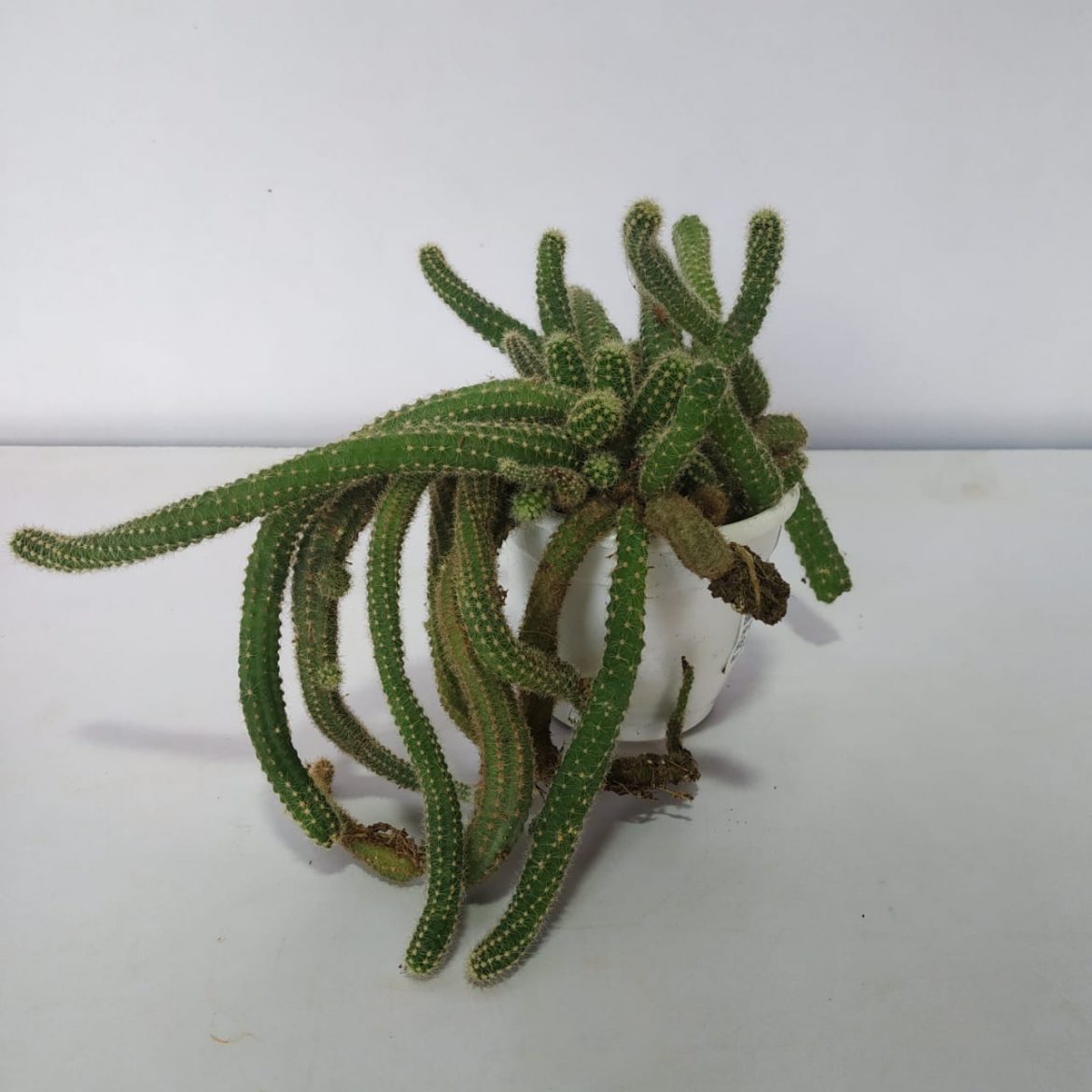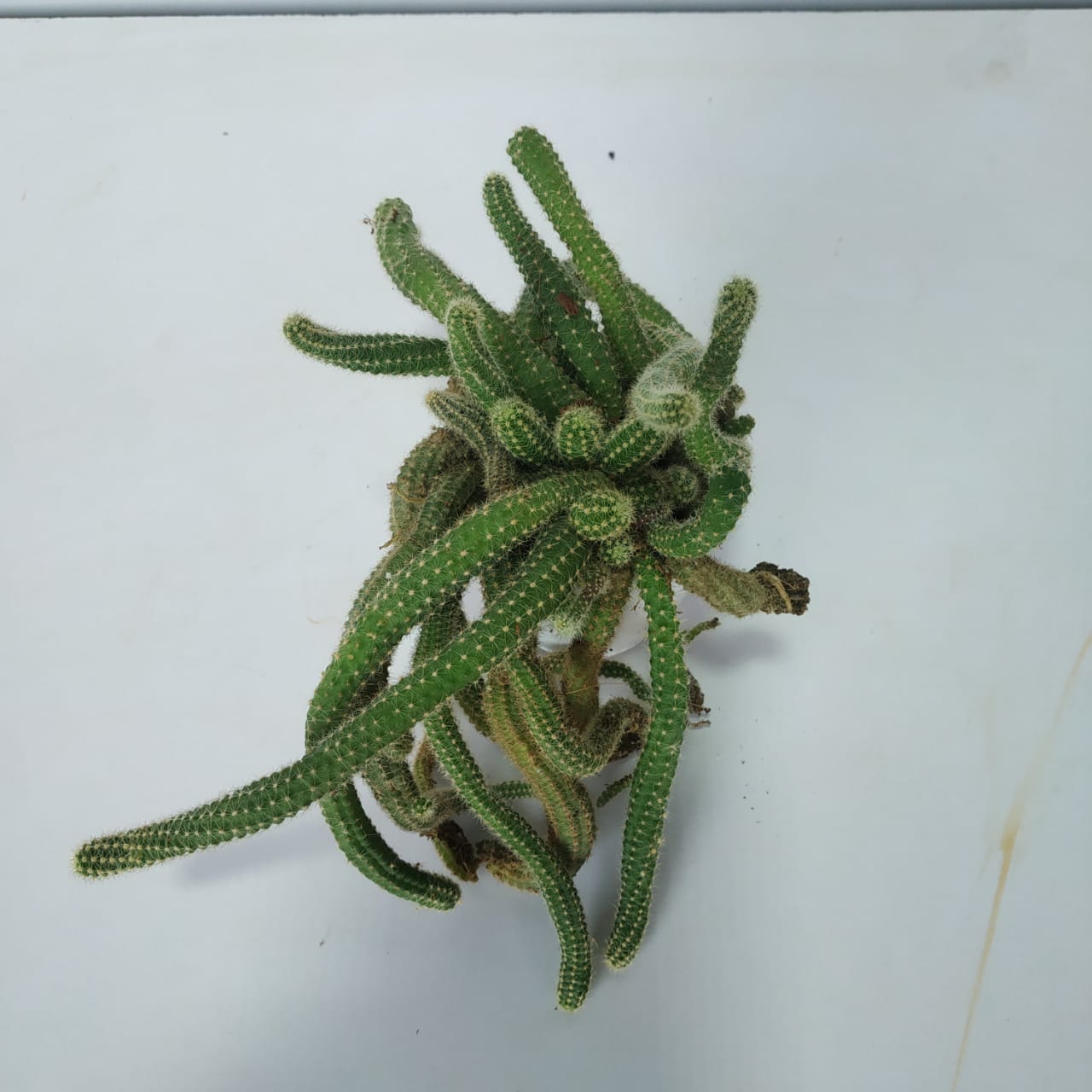

When flowers fade after a few days, deadhead them by gently pulling them off the plant. Each flower lasts two to three days, and blooms are produced for about two months.

Use a 50/50 mix of potting soil and sand, as described in the “Potting” section above. Allow the cut ends to dry for two days, and then place them in damp potting mix to root. Take 6 inch (15 cm) stem cuttings from the ends of stems in early summer. Simply take and root stem cuttings to create new plants. It develops little roots along its stems. This plant is a natural creeper that’s adapted to growing along rocky ledges in the desert. The plant’s dense spines are sharp and abundant. After a few years, you can usually wait a couple years between.ĬAUTION: Be careful and wear heavy gardening gloves when re-potting rat tail cactus (or handling it in any way). Older plants will need to be potted less often. Shift to a container with a diameter of 2 inches (5 cm) larger than the current pot. Re-pot rat rail cactus annually in late spring or early summer when flowering is done. (My favorite houseplant soil is this one by Happy Frog because it contains mycorrhizal fungi and beneficial soil microbes.) There are many potting mixes designed for cacti and succulents on the market, but these don’t work well for rat tail cactus.Ĭommercial cacti mixes are mostly sand and need to be mixed 50/50 with ordinary potting soil to increase water-holding capacity. The best potting soil for rat tail cactus is a 50/50 mix of ordinary potting soil and sand to improve drainage. Never allow temperatures to drop below 45 degrees F (7 degrees C), or the plant may become irreparably damaged. During this time, keep temperatures between 55 to 65 degrees F (13 to 18 degrees C). In winter, the plant needs a rest period. Keep nighttime temperatures between 60 to 70 degrees F (15 to 21 degrees C) for the best results. Keep your rat tail cactus in a warm room where temperatures stay between 70 to 80 degrees F (21 to 27 degrees C) during the day. The more bright light it receives in fall and winter, the more blooms you’ll get in spring. You can also place this cactus outdoors in a partially shaded location during spring and summer. It will tolerate a half-day of sun from an east- or west-facing window, but it might not produce many flowers. Rat tail cactus need full, direct sunlight from a south-facing window to really thrive and produce lots of flowers. Rat tail cactus is fine being fed with your regular houseplant food too.

But you don’t have to buy a special fertilizer. I’ve had very good success with it on my own plants. My favorite fertilizer for cacti and succulents is this one by Cute Farms. Don’t fertilize during winter when the plant is resting. Use any balanced houseplant fertilizer (or a fertilizer formulated for cacti and succulents) diluted to half strength. Fertilizerįeed your rat tail cactus once every two weeks in spring through fall. Rat tail cactus likes dry air and performs well outdoors in the summer months. It performs just fine in most household conditions, even during dry winters. It’s an easy-to-grow cactus that thrives in dry air. Rat tail cactus does not require any supplemental humidity. Depending on how dry the air is in your home, this can vary from once a week to once every two weeks. In winter when the plant is resting, water less frequently – just enough to keep the potting medium from drying out completely. If it still feels moist, check again the next day. If the soil feels dry, it’s time to water. Insert your finger directly into the soil up to your first knuckle. In spring through fall, water rat tail cactus any time the potting soil becomes dry to a depth of 1 inch (2.5 cm).

Keep reading for more in-depth information including potting, propagation, maintenance, flower care and more. These are basic care guidelines for rat tail cactus. SAFETY: Non-toxic, but watch out for the sharp spines.TEMPERATURE: 60 – 80 degrees F (15 – 27 degrees C).LIGHT: Direct sun from a south-facing window.FEEDING: Every two weeks during growing season.WATER: Moderate water when the top 1 inch (2.5 cm) of soil dries out.Here’s a brief rundown of care requirements: As long as you can provide enough sunlight, you can keep this cactus thriving for many years. Rat tail cactus is not hard to grow, but it does have high light requirements.
Rat tail cactus how to#
12 Where to Buy Rat Tail Cactus How to Care for Rat Tail Cactus


 0 kommentar(er)
0 kommentar(er)
